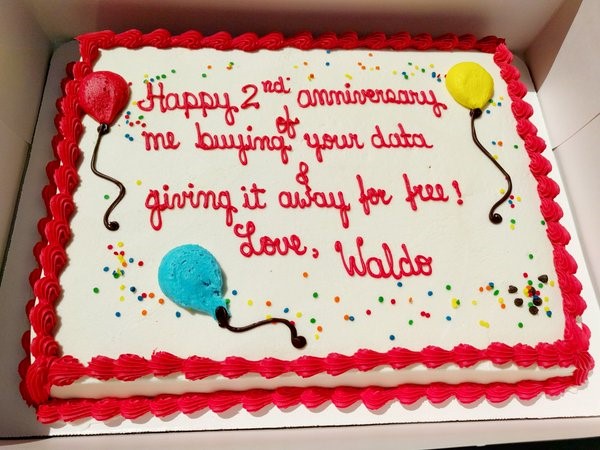Independent Demonstration Projects: A bottom-up strategy for innovation

The standard advice for government innovators is:
“First make sure you have the support of agency leaders.”
That’s like advising soldiers:
“First make sure the enemy has run out of ammunition.”
It would be great, but if you wait for it to happen then you may never act.
The Independent Demonstration Project is a strategy to innovate in government without prior approval of officials. The innovator implements their idea as a minimum viable product, independent of government. Once this minimal, temporary form of the innovation is implemented, it creates pressure on officials to sustain and expand the innovation using government resources. This pressure happens in two ways, by:
- Proving the feasibility of the innovation. Once the innovation is up and running, it disproves any claims by officials that it cannot be done, would be prohibitively expensive or would have catastrophic consequences.
- Building a constituency of users. By giving users a chance to benefit from the innovation, there is added pressure for government to maintain newfound gains.
Example: Opening government records
While corporate registrations in the U.S. state of Virginia are public records, the Government did not make them available in a way that was useful to the public. Access required a $150 per month subscription, for a minimum of three months, and signing a five-page contract governing the use of the data. Even if one subscribed, the data was in an obsolete format and had many inconsistencies in coding, meaning it was of no use to anybody but a programmer.
A resident of Virginia who was a technologist with no official relation to the Virginia government felt that the corporate registration records should be freely and accessibly available to the public. He could have lobbied the Government to adopt this innovation, but instead he did it himself. As he says in his blog:
I wrote the [State Corporation Commission] a check for $450 at the end of April, bought the data, and now give it away for free…I’ve created a website, creatively named ‘Virginia Businesses’ where non-programmers can access that data and do things with it. I’ve barely gotten started on the website—at this point, one can download individual datafiles as either CSV or JSON, download the original data file…or search through the data.
He used the Independent Demonstration Project strategy, as he described it:
I didn’t want to settle for buying public data, indefinitely, for $1,800/year. So I set about trying to convince the Virginia State Corporation Commission to stop selling the data, and to instead give it away.
So he set about demonstrating the value of his innovation and building a constituency for it. He discovered that even local governments did not receive the state’s corporate registration data, and he therefore worked with two local governments to estimate how much they could collect in taxes and fees from businesses that were located in their jurisdictions, according to the state data, but were not registered with local authorities. This led to press coverage, including the headline, “Virginia Website of SCC Data Tries to Pin Down Unlicensed Businesses”.
Two years after starting the web site, he sent the State Corporation Commission a cake decorated with the words, “Happy 2nd anniversary of me buying your data & giving it away for free! Love, Waldo.” The cake is pictured below. It resulted in further press coverage.

Three months after the cake was delivered, the State Corporation Commission announced that it would no longer sell subscriptions to its database, and would instead post the data on the internet for anybody to download for free. The independent demonstration project had succeeded.
A strategy for innovation
I have identified more than twenty documented cases of Independent Demonstration Projects. Some are described in our presentation from the American Society for Public Administration conference. In some cases, the innovators were operating outside the government they wanted to influence. In other cases, government workers created Independent Demonstration Projects to drive innovation by their own agency and without prior approval from officials. Other strategies to create government innovations require would-be innovators to convince officials that the innovation is feasible and valuable, but these qualities are merely theoretical before the innovation is implemented. An Independent Demonstration Project proves the innovation is feasible and builds a constituency that values it, to create the case for continuing and expanding the innovation with government resources.
Should you be interested to know more about this project, you can reach me at [email protected]












